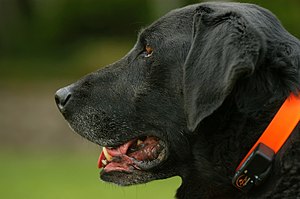skip to main |
skip to sidebar
Got an email the other day about monitoring a dog's blood sugar. I've mentioned before that my brother Eric monitored his dog's blood sugar, while I didn't. Tony had regular blood sugar curves done, and they were always consistent after the first couple of months. Eric's dog Lucky (always a bad choice for a dog name), however, was almost always out of control in that area. Eric had several things going for him that I didn't: at the time, he himself was diabetic (he isn't anymore, thanks to some pretty serious lifestyle changes), so he was hyperaware of everything connected with that; Lucky was a BIG Labrador retriever, which made it easier to draw the tiny bit of blood needed for the test (trying to do this without help to a Pomeranian ain't easy; you can't ever get the right grip); and, Eric is a behavioral psychologist with tons of experience with animals and many medical procedures.
At any rate, if it had been necessary to test Tony's sugar, I would have found a method of getting the blood, and it would have become routine in a hurry-- that's just the way it is. If your vet tells you to do this, DO IT. Like giving the insulin injections, you'll get better with practice over time, and you'll definitely get better control over your dog's diabetes. There's a veterinarian's discussion of this at Pet Place; it's a basic explanation that should give you enough information to ask your vet the right questions.
Incidentally, there's something new and exciting in the monitoring pipeline for humans, which should eventually work itself into veterinary applications. See the article below.
 Image via Wikipedia
Image via Wikipedia






